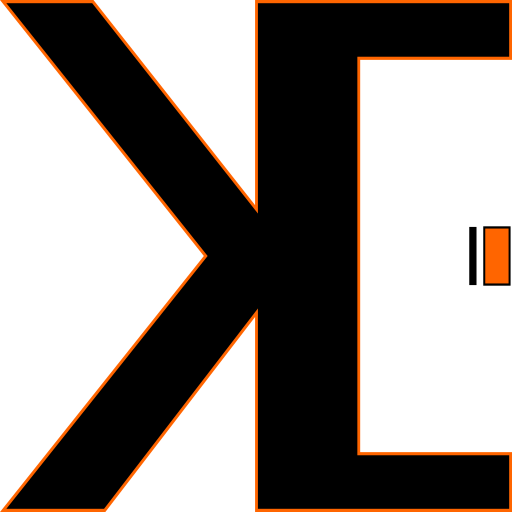Understanding Time Management Trends: Insights from Traqq’s 2024 Study
In today’s rapidly evolving world of workplace efficiency, understanding how time is managed across various tools and platforms is crucial. Our latest research provides valuable time management statistics, shedding light on how professionals allocate their time among different applications and ecosystems.
Introduction to the Study
This article delves into key statistics from Traqq’s analysis, involving almost 5,500 users actively tracking their online work presence. The study covered the first six months of 2024, with a specific focus on trends observed in June.
Key Findings
Web Browsers and Websites
The first half of 2024 saw Traqq users spending a total of 204,560 hours on web browsers, with the top three most visited websites accounting for a significant portion of this time.
Application Usage
Users spent 124,213 hours on various applications, with the top three most utilized among them highlighting key tools in their daily workflows.
Communication Tools
Approximately 14% of users’ time was devoted to communication apps and websites such as Slack, Skype, WhatsApp, Discord, Zoom, Gmail, and Outlook.
Programming Tools
Programming-related tools, including Visual Studio Code and PHPStorm, accounted for roughly 6% of the total online time. Visual Studio Code emerged as a leader, with a 77.5% usage share.
Design Tools
Design tools play a vital role for creative professionals, with Adobe Creative Suite leading at 44.6% of total design time. Other notable tools include Figma, Canva, and AutoCAD.
Productivity and Task Management
Close to 5% of total work time was allocated to productivity and task management tools, with Google Calendar and Trello being the most used platforms.
Software Ecosystems
The Google ecosystem was the clear leader, with 15% of total time spent, primarily on Google Docs, Gmail, and Google Meet. In comparison, the Microsoft ecosystem accounted for 7% of total usage.
Conclusion
This study offers a comprehensive view of how Traqq users distribute their time across various digital tools, highlighting the dominant role of Google’s ecosystem in workplace efficiency.




